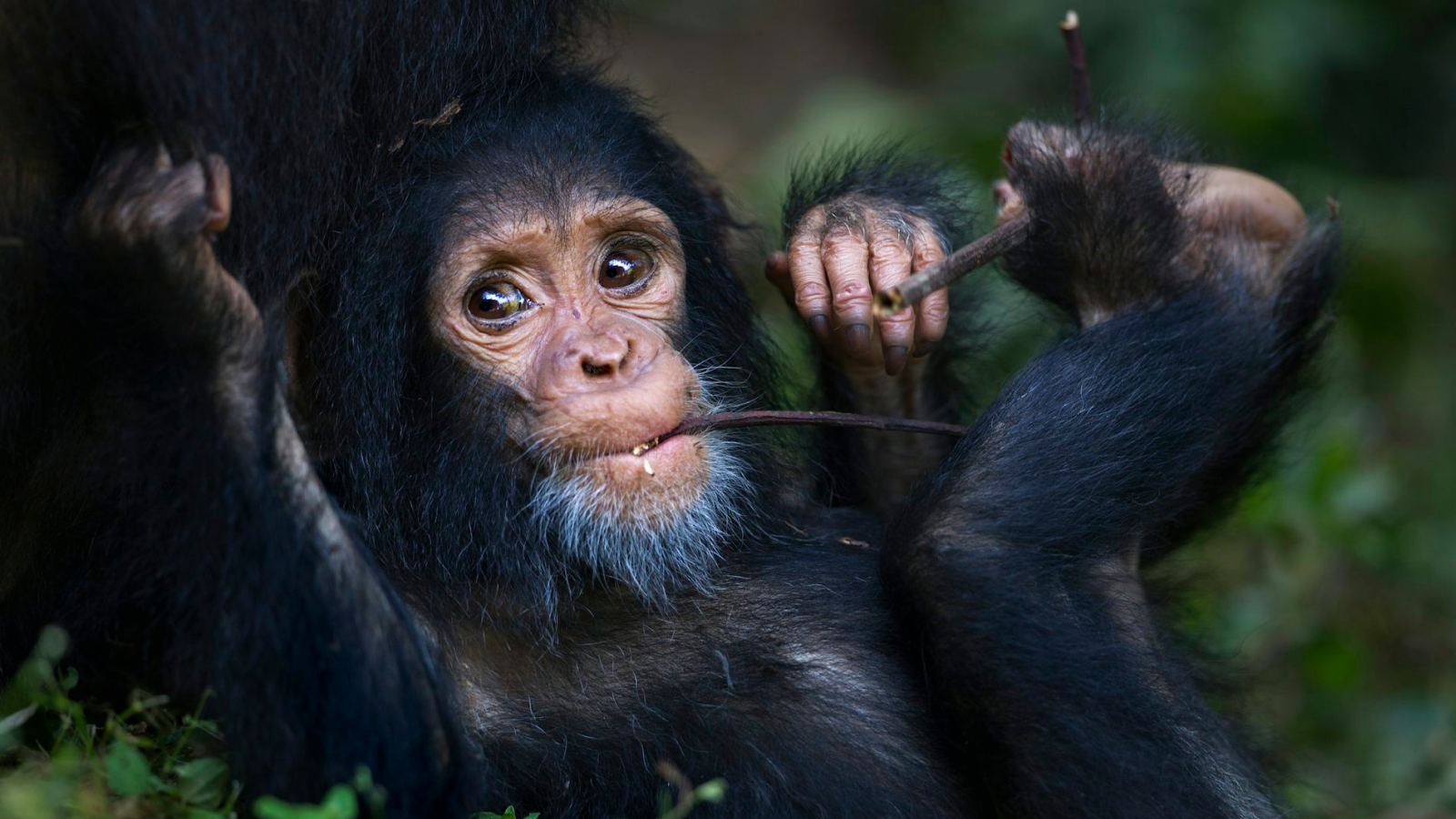Best Earth Images of the Week Oct. 5, 2012

Beauty in South America

NASA's Terra satellite captured this striking image of springtime in Patagonia, the mountainous region at the tip of South America, on Sept. 24.
Patagonia comprises parts of Chile and Argentina. Although there are no borders overlaid on the image, Chile lies roughly to the west of the Andes Mountains, which run from north to south and are snow-capped in this image.
[Full Story: Springtime in Patagonia, Seen From Space]
Purple, you are.
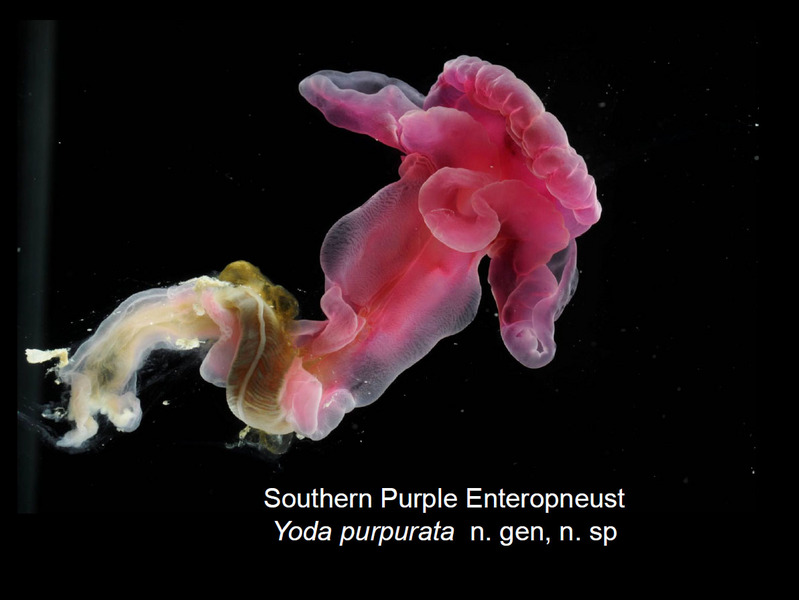
Discovered a new type of acorn worm, scientists have. Named it after Yoda, they did.
The reddish-purple worm was found about 1.5 miles (2.5 kilometers) beneath the surface of the Atlantic Ocean, and has large lips on either side of its head region that reminded researchers of the floppy-eared Stars Wars character. Its full scientific name is Yoda purpurata, or "purple Yoda."
[Full Story: Newly Discovered Acorn Worm Named After Yoda]
Change in Progress
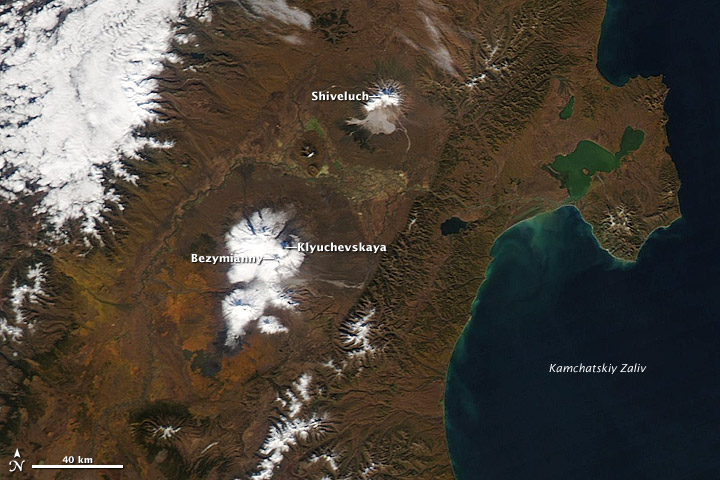
How quickly autumn can arrive.
Within the span of only 11 days, fall has swept through Siberia's taiga forests, changing leaves from green to brown, as seen in these images captured by NASA's Aqua satellite. The first one was taken on Sept. 20, and the second on Oct. 1.
[Full Story: Satellites Watch Fall Come to Siberia]
Dry but moist
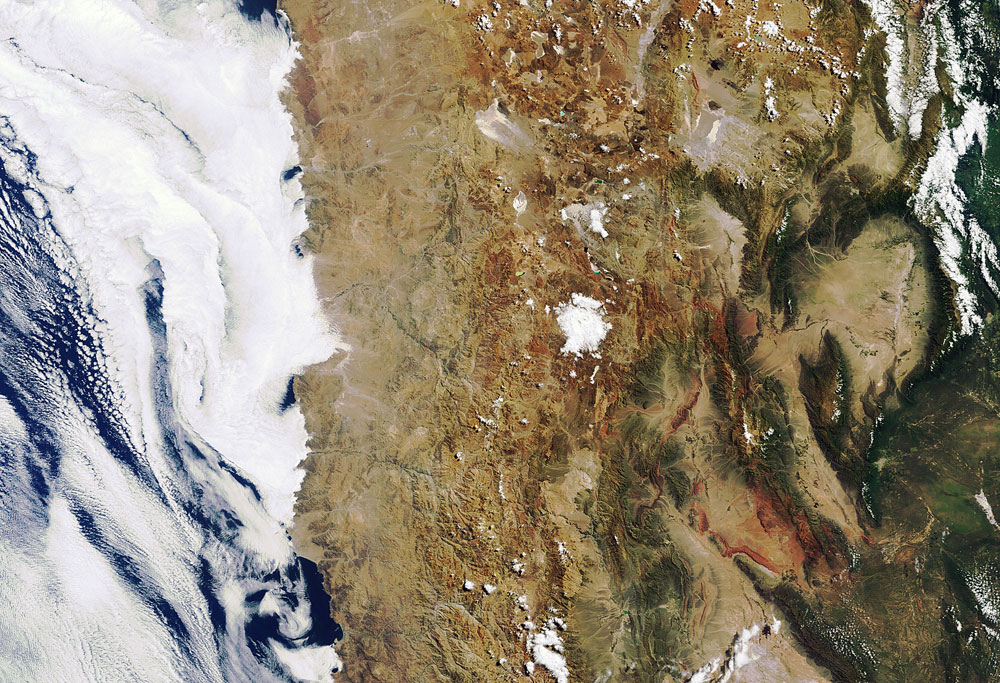
The dryness of South America's Atacama Desert stands in stark contrast to the moisture evident in the clouds over the Pacific Ocean just next door in image taken by the European Space Agency's (ESA) Envisat satellite on March 4.
The Atacama is one of the driest places on Earth, with parts of it receiving only 1 to 3 millimeters of precipitation per year. It is 50 times more arid than California's Death Valley.
[Full Story: Earth from Above: The Arid Atacama]
Twice the cuteness
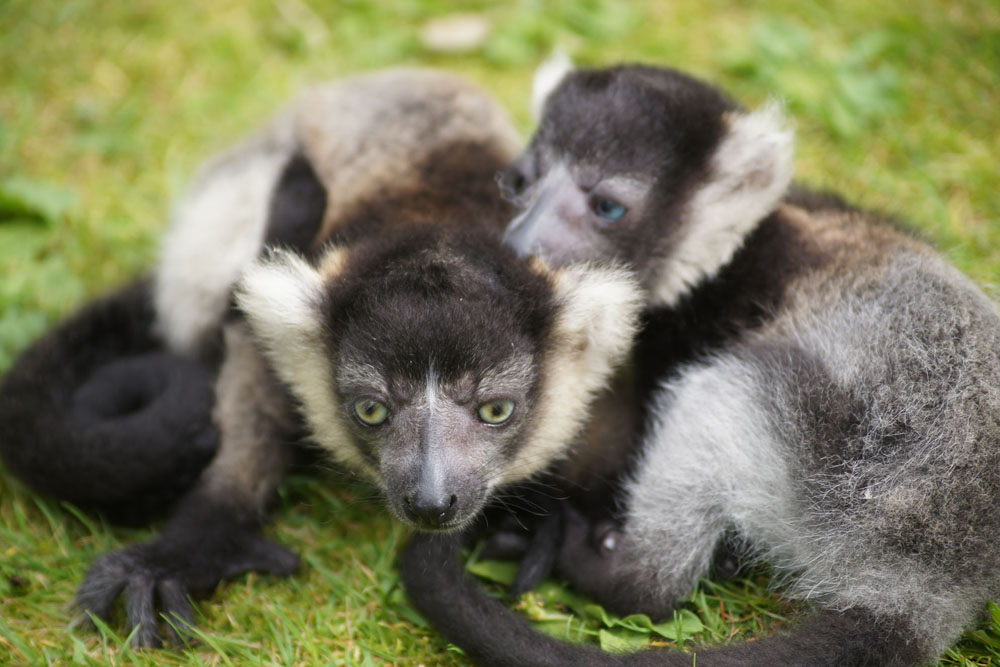
A pair of white-belted ruffed lemur twins has been born at the Belfast Zoological Park in Northern Ireland.
Belfast Zoo first became home to white-belted ruffed lemurs in 2009, when male, Wakka, arrived from Newquay Zoo in Cornwall and female, Mianta, arrived from Beasancon Zoo in France. White-belted ruffed lemurs, including the pair at the Belfast Zoo are part of a European breeding program; Mianta and Wakka welcomed their twins on July 22.
[Full Story: Lemur Twins Arrive at Belfast Zoo]
Cool smoke

An astronaut aboard the International Space Station snapped this photo showing smoke from several wildfires snaking through Idaho's river valleys on Sept. 3.
Some of the smoke can be seen drifting to the east (note that the image is rotated so that north is to the right), carried by the wind. But much of the haze was trapped closer to the ground when air cooled at night and became denser, confining the smoke to the valleys.
[Full Story: Astronaut Photo Shows Wildfire Smoke Over Idaho]
Cutie pie

The San Diego Zoo's 9-week-old giant panda cub has completely opened his eyes and is now beginning to scope out the world around him.
Zoo veterinarians and keepers performed their weekly exam on the growing cub earlier this week, assessing his health and taking measurements. The cub (who will not be named until he is 100 days old, according to Chinese custom) weighed 6.6 pounds (2.99 kilograms), had a chest girth of 13.7 inches (35 centimeters) and an abdomen girth of 15.5 inches (39.5 cm). His growth is right on track with other cubs born at the zoo, according to a zoo statement.
[Full Story: Oh Hai: Panda Cub Completely Opens Eyes]
Get the world’s most fascinating discoveries delivered straight to your inbox.
Cooler weather
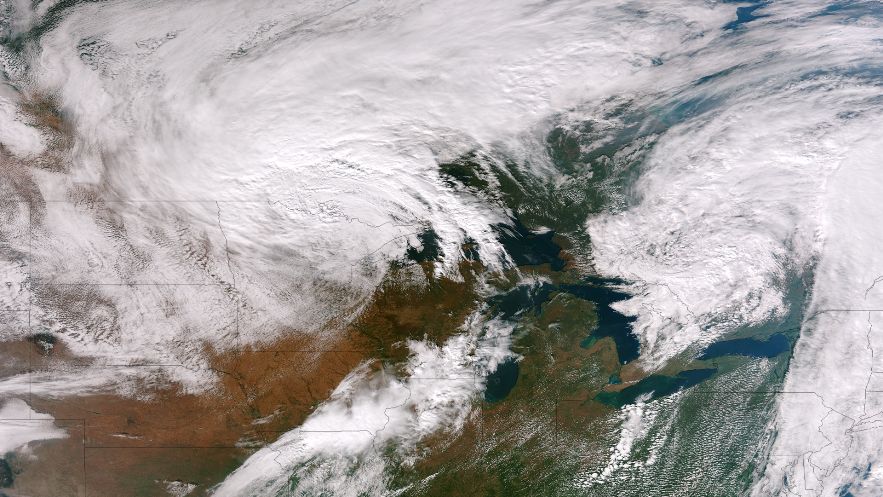
A large mass of cold air is moving south and east across the middle of the country, and within a couple days could bring temperatures in much of the Midwest and Northeast to the lowest points they've yet reached this fall.
The cold air mass can be seen as white clouds in the upper left of this image acquired by NASA's Suomi NPP satellite on Oct. 4.
[Full Story: Large Cold Front Creeping Across US, Seen From Space ]



